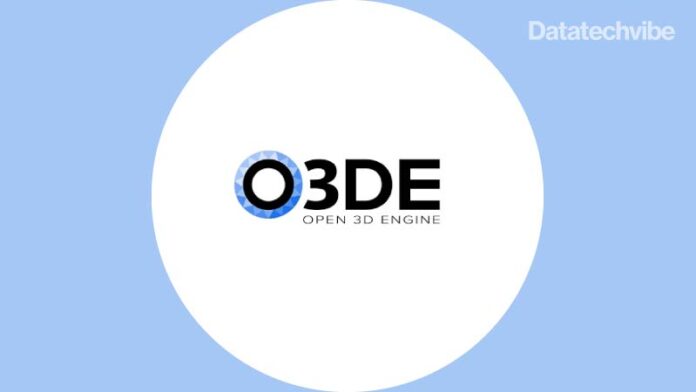The newest release introduces performance and usability improvements, and marks the welcome of O3DCon speaker proposals
The Open 3D Foundation (O3DF) has released 22.05, the latest version of the Open 3D Engine, focusing on performance, stability and usability enhancements. With over 1,460 code merges, this new release offers several improvements to make it easier for developers to build 3D simulations for AAA games and various applications across robotics, AI, metaverse, digital twin, automotive, healthcare, and more. Significant advancements include core stability, installer validation, motion matching updates, user-defined property (UDP) support for the asset pipeline, and automated testing advancements.
Artists can focus on bringing their visions to life using the tools they feel most comfortable with, such as Blender or Autodesk Maya. The Open 3D Engine (O3DE) can now integrate user-defined properties (UDP) metadata into its asset pipeline from source assets so that scene-building and asset-processing logic can be customised using this metadata. UDP metadata can be assigned in content creation tools to store custom properties for mesh, light, animation, and other elements to power asset generation workflows for O3DE.
Animation artists can now utilise motion matching, a data-driven animation technique synthesising motions based on existing animation data and current character and input contexts to deliver photorealistic experiences. This feature, introduced as an experimental gem, includes a prefabricated character example that can be controlled using a gamepad.
Other improvements include:
- More straightforward customisation of the render pipeline is now possible using a new set of APIs. Examples of gems that currently exploit this capability include Terrain, LyShine and TressFx.
- Developers can now re-use material types much more easily.
- Developers can now control the spawning of player-controlled, networked entities using an improved interface, which is essential for building multiplayer games.
- Automated tests now verify that an installer build is valid, and ensures that all of the steps within the build are successfully executed. These tests are run nightly for O3DE and have been designed so that anyone can plug them into their quality verification process.









